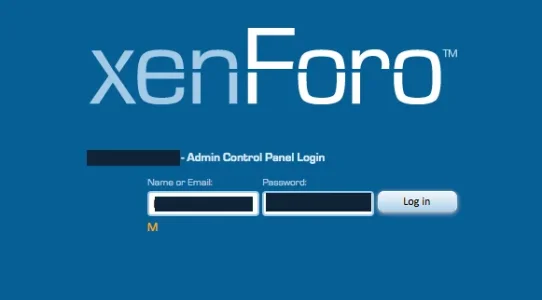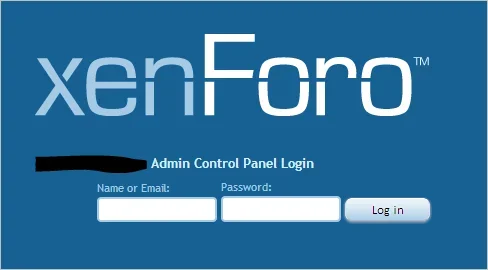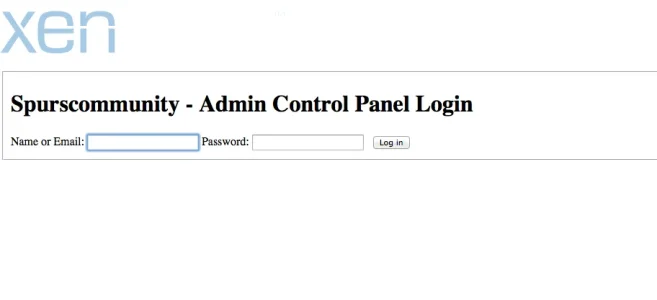Any idea what's going on here?
I've just uploaded all the files on my test site to go from 1.2 to 1.3.
I've disabled the eventlisteners in the config.php as I usually do when updating.
Now when I go to my ACP, I try to login and get this (black boxes added to obscure details):

The login fails with no error message but a random orange "M" appears...
I've just uploaded all the files on my test site to go from 1.2 to 1.3.
I've disabled the eventlisteners in the config.php as I usually do when updating.
Now when I go to my ACP, I try to login and get this (black boxes added to obscure details):

The login fails with no error message but a random orange "M" appears...


